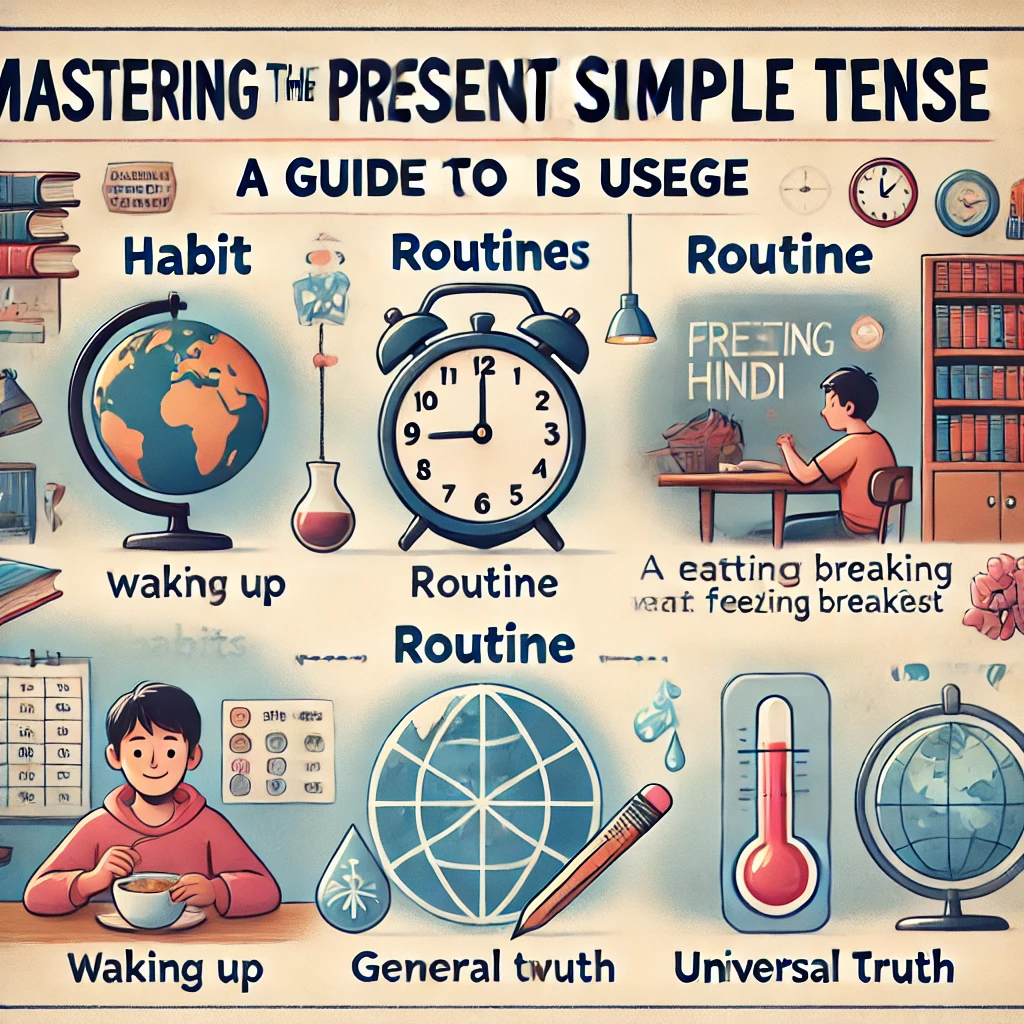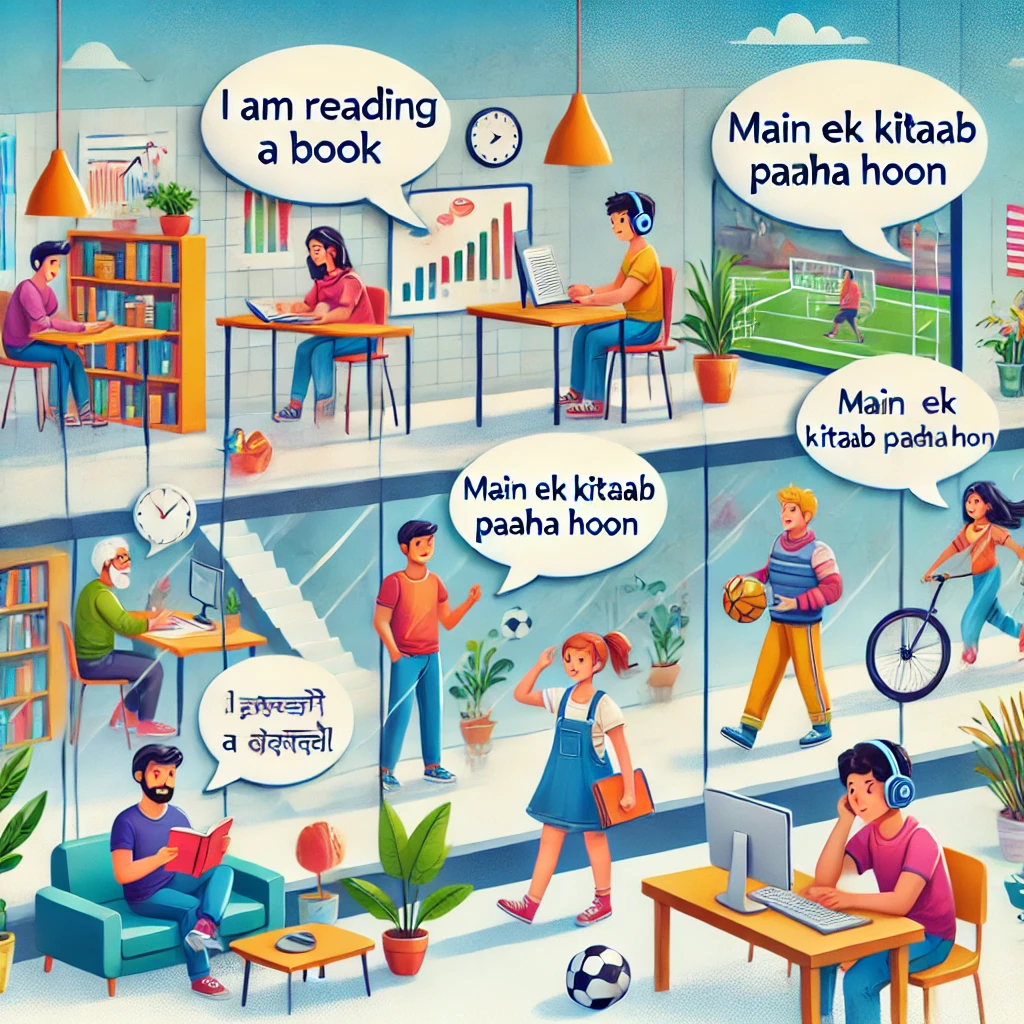English Explanation:
Effectively using quotation marks is crucial for clear and professional communication. Direct quotes require double quotation marks (" "). Single quotes (' ') are used for quotes within quotes. Always place commas and periods inside closing quotation marks. However, colons and semicolons go outside. When quoting a partial sentence, only quote the exact words spoken. Avoid excessive use of quotes; paraphrasing is often more impactful. In formal writing, always cite your sources. Incorrect quotation mark usage can lead to misinterpretations and undermine your credibility. Mastering these simple rules enhances your writing's clarity and professionalism, crucial for success in any professional setting in 2024.
Hindi Explanation:
उद्धरण चिह्नों का प्रभावी ढंग से उपयोग स्पष्ट और व्यावसायिक संचार के लिए अत्यंत महत्वपूर्ण है। सीधे उद्धरणों के लिए दोहरे उद्धरण चिह्न (" ") का उपयोग किया जाता है। एक उद्धरण के अंदर दूसरे उद्धरण के लिए एकल उद्धरण चिह्न (' ') का प्रयोग किया जाता है। कॉमा और पूर्ण विराम हमेशा बंद उद्धरण चिह्नों के अंदर रखें। हालांकि, कोलन और अर्धविराम बाहर रखे जाते हैं। जब किसी वाक्य के केवल कुछ हिस्से को उद्धृत करते हैं, तो केवल वही शब्द उद्धृत करें जो बोले गए थे। उद्धरणों के अत्यधिक उपयोग से बचें; अक्सर व्याख्या करना अधिक प्रभावशाली होता है। औपचारिक लेखन में, हमेशा अपने स्रोतों का उल्लेख करें। उद्धरण चिह्नों के गलत उपयोग से गलत व्याख्या हो सकती है और आपकी विश्वसनीयता कम हो सकती है। ये सरल नियम सीखने से आपके लेखन की स्पष्टता और व्यावसायिकता में वृद्धि होगी, जो 2024 में किसी भी व्यावसायिक स्थिति में सफलता के लिए महत्वपूर्ण है।
```html
| English | Hindi | Roman Hindi |
|---|---|---|
| "The quick brown fox," she said, "jumps over the lazy dog." | "तेज़ भूरी लोमड़ी," उसने कहा, "आलसी कुत्ते के ऊपर कूदती है।" | "Tez bhoori lomdi," usne kaha, "aalasī kutte ke upar kudati hai." |
| He exclaimed, "Wow!" | उसने कहा, "वाह!" | Usne kaha, "Wah!" |
| She quoted, 'He said, "Hello."' | उसने उद्धृत किया, 'उसने कहा, "नमस्ते।"' | Usne uddhrit kiya, 'Usne kaha, "Namaste."' |
| The report stated, "Sales increased by 10%." | रिपोर्ट में कहा गया है, "बिक्री में 10% की वृद्धि हुई।" | Report men kaha gaya hai, "Bikri men 10% ki vruddhi hui." |
| "It's a beautiful day," he remarked. | "यह एक सुंदर दिन है," उसने टिप्पणी की। | "Yah ek sundar din hai," usne tippani ki. |
| She asked, "What time is it?" | उसने पूछा, "क्या समय हुआ?" | Usne poocha, "Kya samay hua?" |
| The sign read, "No Smoking." | साइन पर लिखा था, "धूम्रपान वर्जित।" | Sign par likha tha, "Dhumrpaan varjit." |
| He said, "I'll be there at 7:00 p.m." | उसने कहा, "मैं शाम 7:00 बजे वहाँ रहूँगा।" | Usne kaha, "Main sham 7:00 baje wahan rahunga." |
| "Let's go," she suggested. | "चलो चलते हैं," उसने सुझाव दिया। | "Chalo chalte hain," usne sujhav diya. |
| The title was: "How to Write Effectively." | शीर्षक था: "कैसे प्रभावी ढंग से लिखें।" | Shirshk tha: "Kaise prabhaavi dhang se likhen." |





